Uncovering the Wonders of Coal: Types, Formation, and Uses
BlogTable of Contents
- Coal Ash Is a Bigger Threat Than We Realized. And Now Insurance Might ...
- Coal- Geography 12: Advantages and Disadvantages of Coal as a Energy Source
- Coal wallpaper | 1024x768 | #71037
- Investing in Coal in China
- Coal Sector Sees Growth as Fossil Fuel Output Rises: Govt.
- Coal Pension Trustees hires Unilever CIO | News | IPE
- Coal Becomes Most Expensive Fossil Fuel On Earth
- Another way to look at the fossil record? By examining coal.
- Coal still keeps the lights on | Ensight Energy Consulting
- Coal is History - Political news from New Bush Telegraph
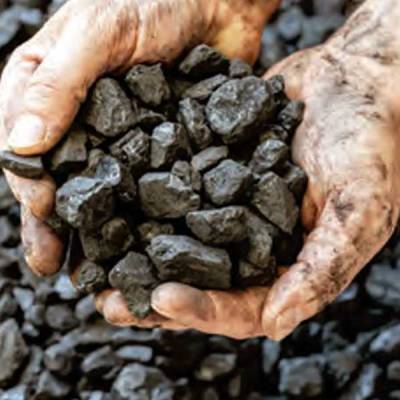
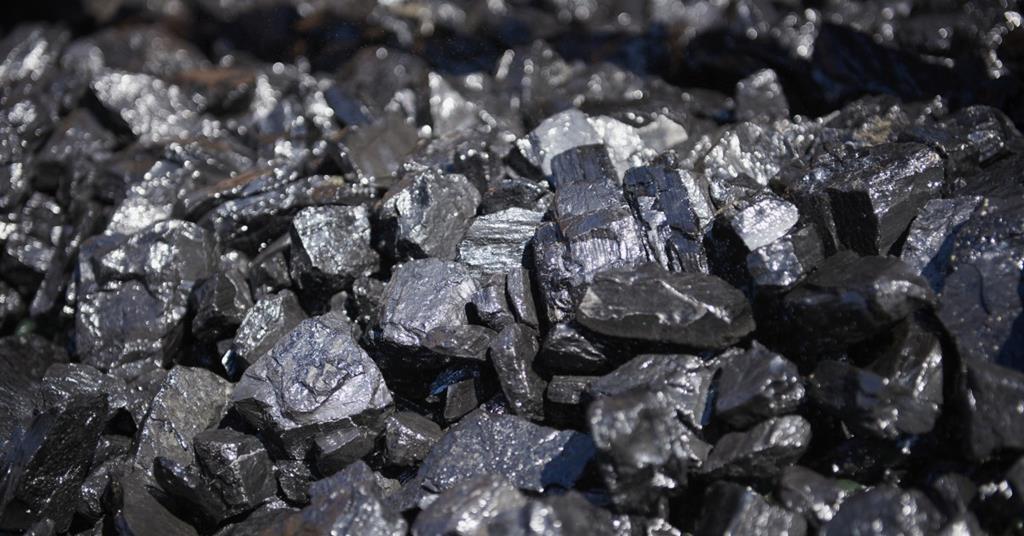
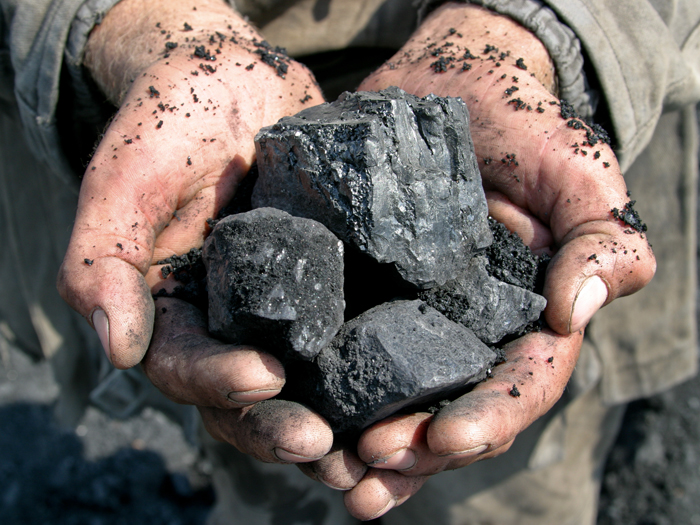
Types of Coal
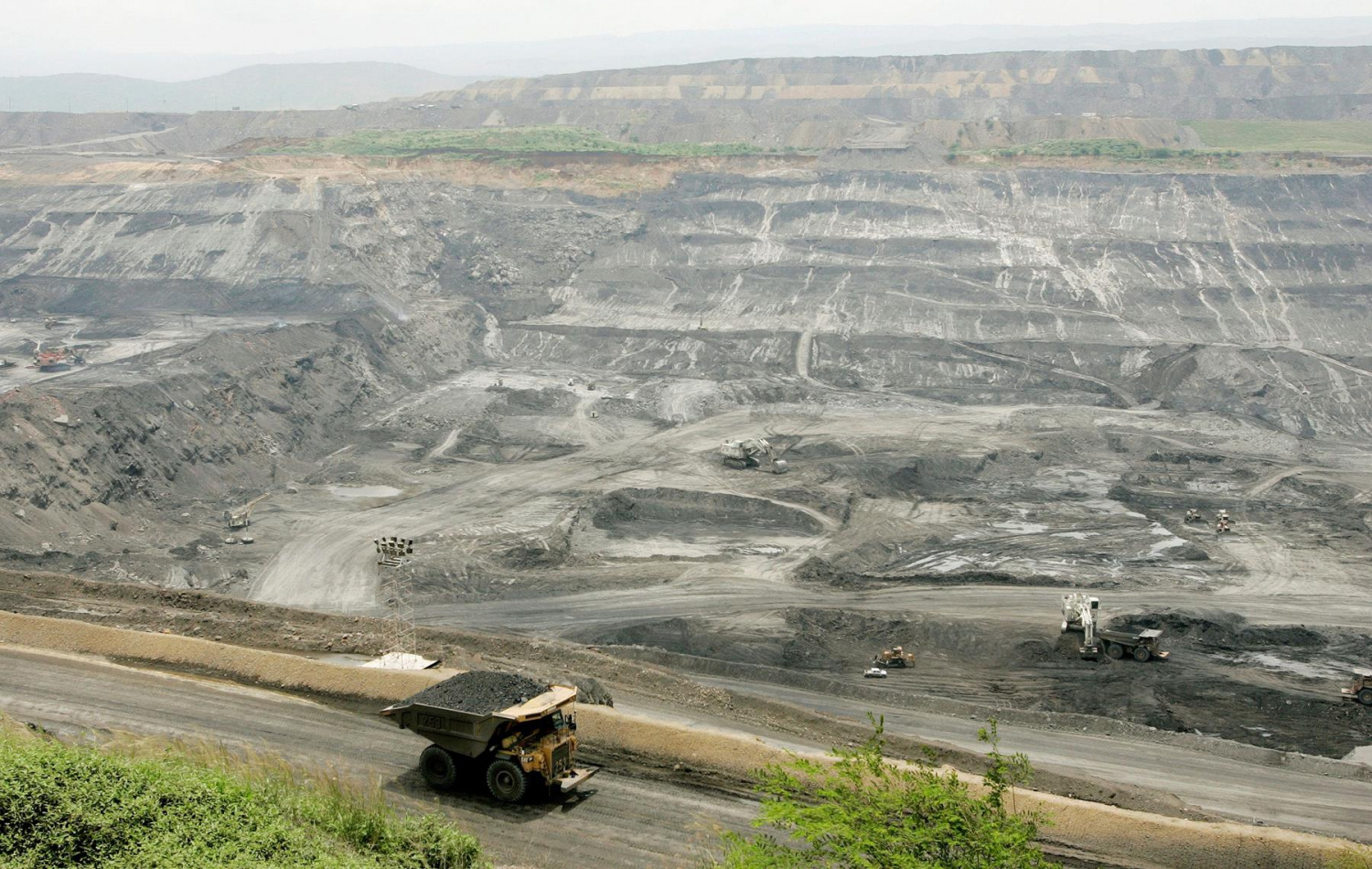

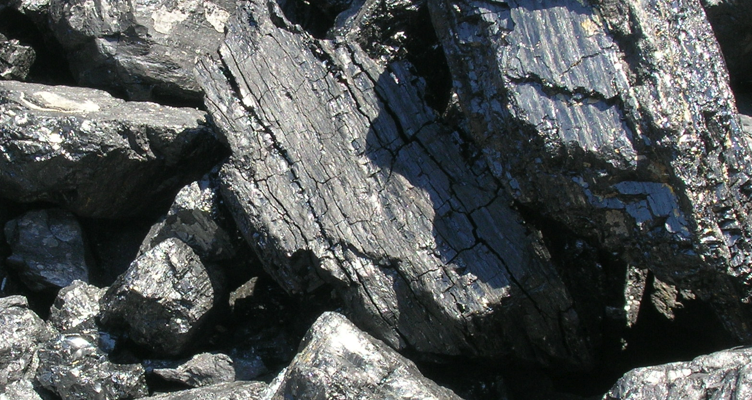

Coke: A Byproduct of Coal
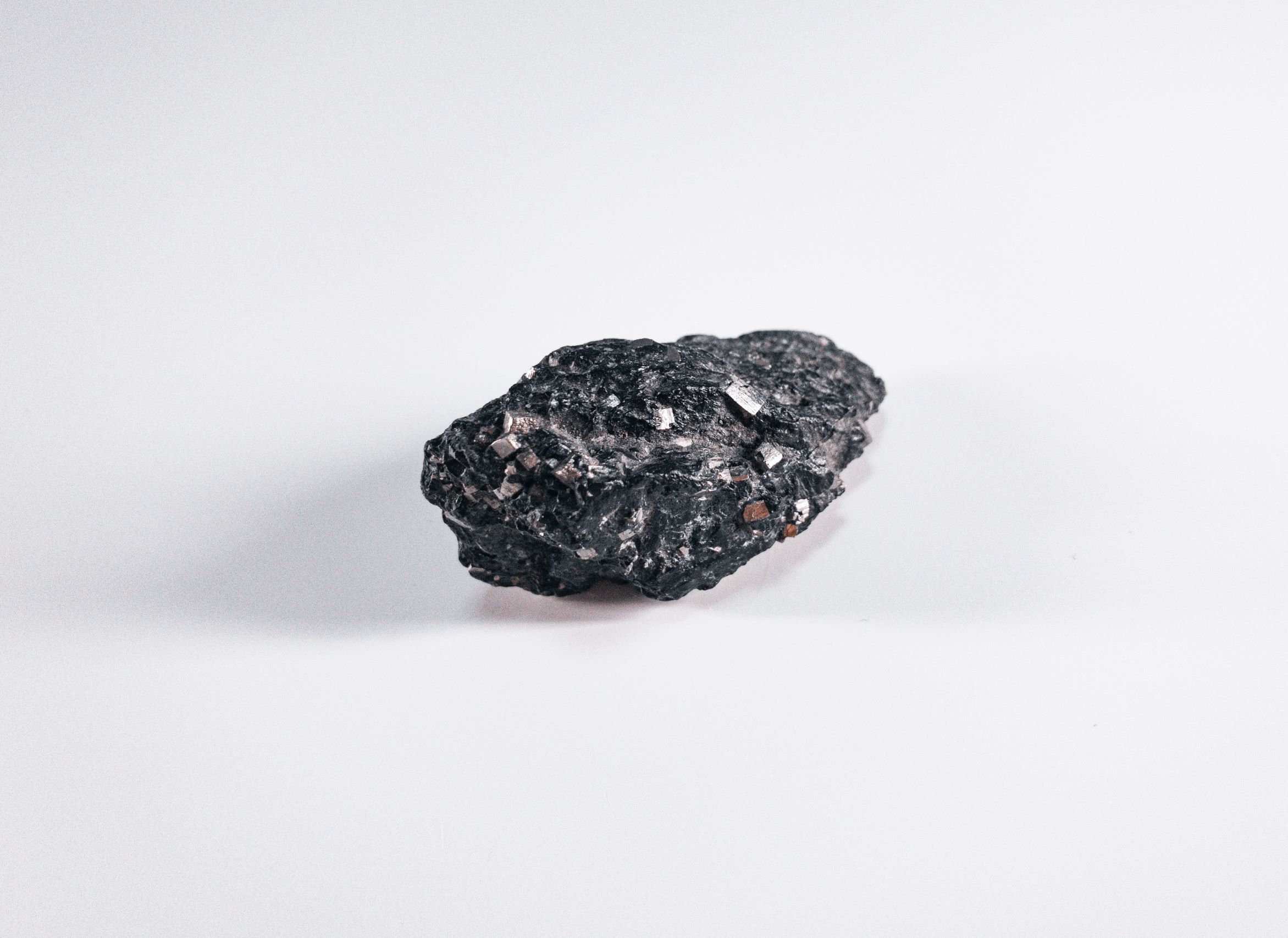
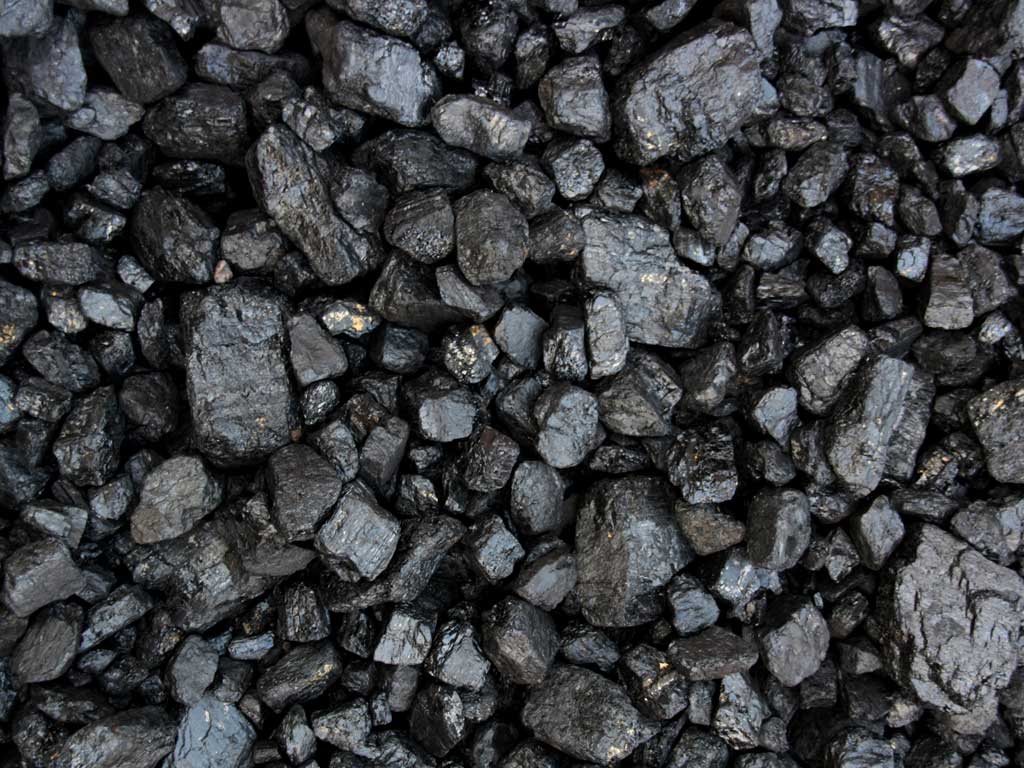
Formation of Coal
Coal is formed through the geological process of coalification, which involves the transformation of plant material into carbon-rich deposits. This process occurs over millions of years, as plant material is subjected to intense heat and pressure. The formation of coal can be summarized in the following stages: 1. Peatification: Plant material accumulates in swamps and bogs, where it undergoes partial decomposition. 2. Lignite formation: The peat is compressed and heated, forming lignite, a soft and brownish-black coal. 3. Bituminous coal formation: Lignite is further compressed and heated, forming bituminous coal. 4. Anthracite formation: Bituminous coal is subjected to intense heat and pressure, forming anthracite, the highest rank of coal.
Uses of Coal
Coal has numerous uses, including: Electricity generation: Coal is used to generate approximately 40% of the world's electricity. Steel production: Coal is used as a reducing agent in the production of steel. Industrial processes: Coal is used as a fuel for various industrial processes, such as cement production and paper manufacturing. Residential and commercial heating: Coal is used as a fuel for heating purposes, particularly in areas where other energy sources are scarce.With its rich history, diverse types, and numerous uses, coal continues to play a vital role in modern society. As we move forward, it is essential to explore sustainable and environmentally friendly ways to utilize coal, minimizing its impact on the environment while maximizing its benefits.
For more information on coal and its uses, please visit our website or contact us directly. We are committed to providing you with the latest news, updates, and insights on the world of coal.
Note: You can add images, pictures, and videos to illustrate the different types of coal, the formation process, and its various uses to make the article more engaging and informative.